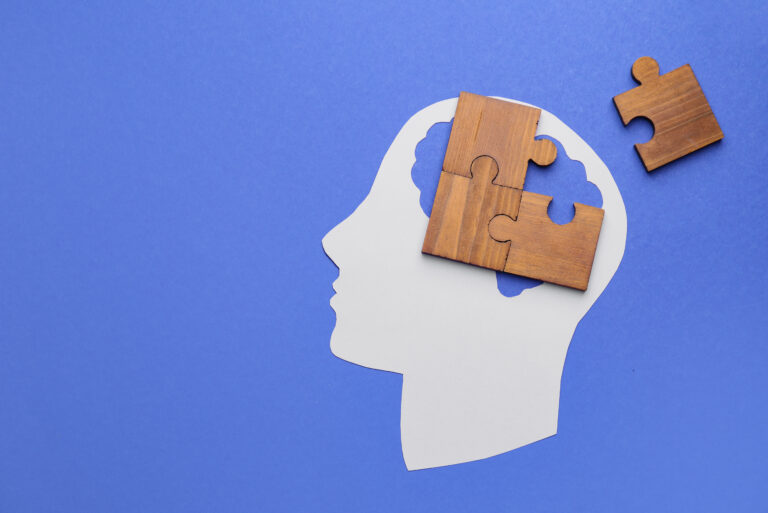Game design is a creative process that involves the development and creation of video games or other interactive media. It is a multidisciplinary field that combines elements of programming, art, storytelling, and psychology to create an engaging and immersive experience for players. But beyond just being a form of entertainment, game design can also have a significant impact on creativity and cognitive function.
Creativity is often defined as the ability to think outside the box, come up with new ideas and solutions, and connect seemingly unrelated concepts. In game design, creativity is essential to creating a unique and engaging game. Game designers must constantly come up with new and innovative ideas to keep players interested and challenged.
One way game design engages creativity is through the brainstorming and concept development stage. This is where designers come up with the initial ideas for the game, including its theme, characters, storyline, and gameplay mechanics. It requires thinking creatively to come up with something fresh and original that will capture the players’ attention.
But it’s not just about coming up with the initial idea; game design also involves problem-solving and finding creative solutions to challenges that arise during the development process. Designers must find ways to make the game mechanics work seamlessly, create visually appealing graphics, and ensure an enjoyable user experience. This constant problem-solving requires thinking outside the box and using creativity to find unique solutions.
Moreover, game design allows for a high level of creative freedom. Unlike other forms of media, such as film or television, where there are limitations on budget and resources, game design allows for almost endless possibilities. With advancements in technology, designers can bring their ideas to life in ways that were previously impossible. This freedom encourages designers to think creatively and push the boundaries of what is possible.
In addition to engaging creativity, game design also has a significant impact on cognitive function. Cognitive function refers to our mental processes such as memory, attention, problem-solving, and decision-making. These processes are essential for learning, understanding, and navigating daily life.
Game design requires the use of various cognitive skills, including memory, attention, and problem-solving. For example, players must remember the game’s rules and mechanics, pay attention to their surroundings and make quick decisions based on the information presented to them. These tasks help to strengthen cognitive function, making players more efficient at processing information and making decisions in other areas of their life.
Furthermore, games often present players with complex and challenging problems that require critical thinking and problem-solving skills. As players progress through the game, they must develop strategies and adapt to new challenges, stimulating their problem-solving abilities. These skills are transferable to real-life situations, helping individuals to approach problems and challenges in a more effective and efficient manner.
Moreover, game design also has a significant impact on decision-making. In many games, players are presented with choices that have consequences, forcing them to think about the potential outcomes of their decisions. This helps to improve decision-making skills and encourages players to consider various options before making a choice.
Additionally, playing video games has been shown to improve hand-eye coordination, spatial awareness, and reaction time. These skills are essential in daily life, especially in activities such as driving or sports.
In recent years, there has been a growing trend of incorporating educational elements into video games, known as “edutainment.” These games are designed to teach specific skills or concepts while still being entertaining. This further highlights the potential of game design to engage cognitive function and enhance learning.
In conclusion, game design goes beyond just creating fun and engaging entertainment; it has the potential to engage creativity and cognitive function in a unique and effective way. From brainstorming and problem-solving to promoting critical thinking and decision-making skills, game design offers a wide range of benefits for individuals of all ages. So next time you pick up a controller or start playing a new game on your phone, remember that you are not only having fun, but you are also challenging your mind and enhancing your cognitive abilities.





